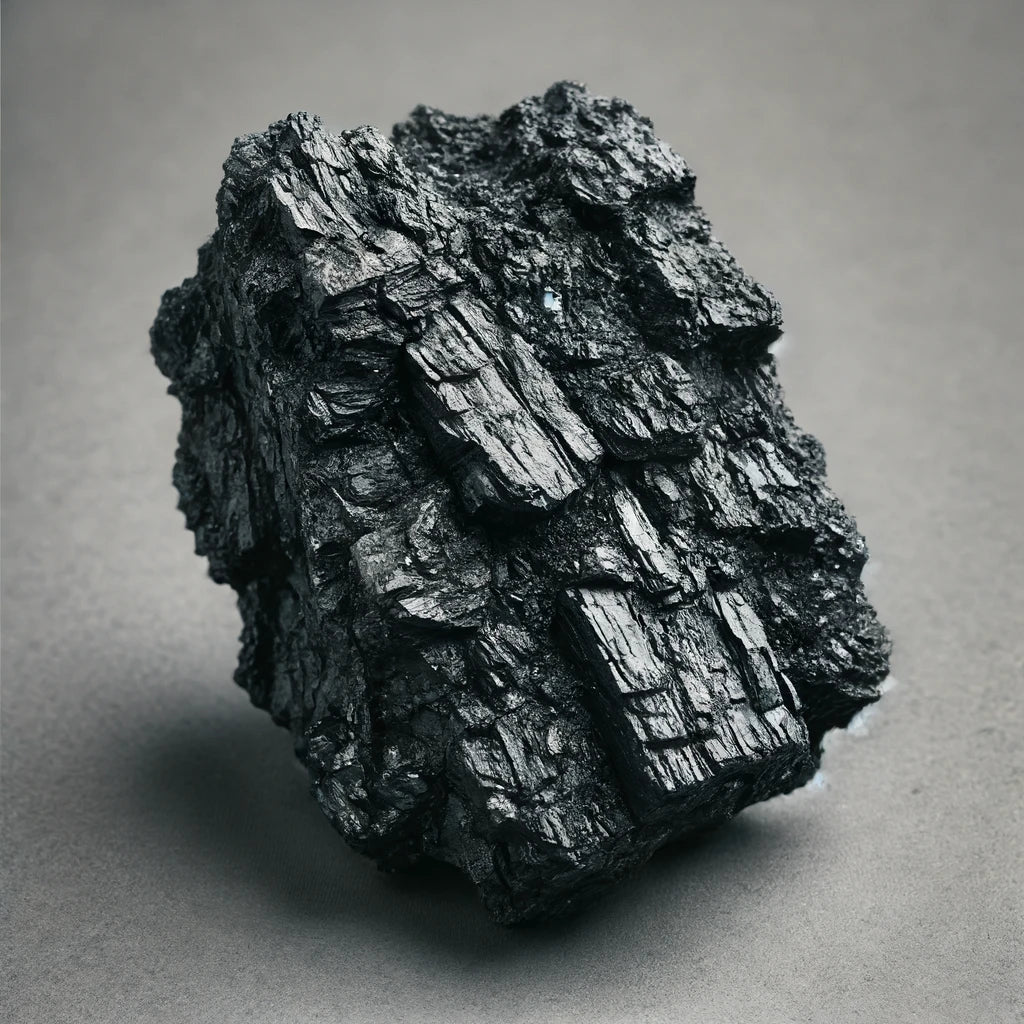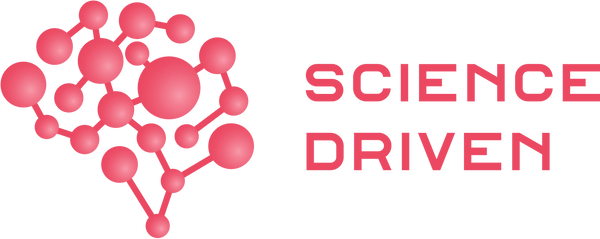
Why is carbon so special?
Mike MunayShare
Because carbon is the element of life.
It is one of the most abundant elements in the universe and is essential for life on Earth.
And after such an important statement, we explain the reasons, but not before explaining its technical characteristics.
Carbon is a fundamental chemical element, symbolized by the letter C on the periodic table and with an atomic number of 6. This atomic number means that a carbon atom has 6 protons in its nucleus. It also has 6 electrons, which are distributed in two energy levels: two in the first level and four in the second.
Carbon is the element that differentiates organic from inorganic compounds.
An organic compound is a molecule containing carbon and, in most cases, hydrogen, forming the basis of organic chemistry. These compounds are fundamental to life and constitute the structure of living organisms. Organic compounds include a wide variety of molecules, such as:
- Hydrocarbons: Compounds formed only by carbon and hydrogen, such as methane (CH₄).
- Carbohydrates: Sugars and starches that provide energy to organisms.
- Proteins: Molecules formed by amino acids that perform structural and enzymatic functions in living beings.
- Nucleic acids: DNA and RNA, which contain genetic information.
- Lipids: Fats and oils, which are essential for storing energy and forming cell membranes.
What defines a compound as organic is the presence of carbon-carbon (CC) or carbon-hydrogen (CH) bonds, and its structure can be very simple, like methane, or extremely complex, like proteins or nucleic acids.
It is unique in its ability to form long chains and complex structures due to those four second shell electrons, called valence electrons, which allow it to easily bond with other carbon atoms and with different elements, creating the most complex compounds.
Carbon is so special because of its unique ability to form covalent bonds with up to four different atoms. These bonds are made by sharing an electron with another atom, but it can also bond using a double bond (sharing two electrons) or triple bond (sharing three electrons). This property allows it to associate in very complex ways, creating long, three-dimensional structures that other elements cannot form.
This unique ability to form long chains of atoms is known as carbon catenation, and thanks to this, carbon forms compounds with such different characteristics that it seems impossible that they are made of the same element. These materials composed solely of carbon but completely different from each other are known as allotropic states of carbon.
Carbon has several allotropic states:
Diamond and graphite: Diamond and graphite have exactly the same number of atoms, but spatially they have a different geometry. While diamond is the hardest material in existence, transparent in colour and a good conductor of heat and electrical insulator, graphite is a black, opaque, very soft material that does not conduct heat but does conduct electricity. Completely opposite.
In diamond, each carbon atom is bonded to four other atoms in an extremely rigid three-dimensional structure that makes it ideal for cutting tools and jewelry, although it is a poor electrical conductor.
In graphite, carbon atoms are arranged in flat layers that can slide over each other, making it smooth and slippery. Graphite is a good electrical conductor and is used in pencils, lubricants and electrodes.
Fullerenes: Molecules made up solely of carbon atoms arranged in spherical, tubular or ellipsoidal structures. Due to their symmetry, they create very stable, resistant and light structures, with unique electrical and thermal properties, which is why they are used to create advanced materials in nanomedicine, electric batteries and magnetic resonance equipment. There are so many uses, types and applications of fullerenes that they will be written in their own article on Science Driven later on.
Carbyne is a linear chain of carbon atoms. This material is still being actively studied to better understand its properties and possible applications. It is unstable under normal conditions, so it is not yet widely used in real practice. It is extremely strong and rigid.
Graphene is undoubtedly one of the most revolutionary materials of our era, very popular in recent years as it is known for its almost magical properties. This material, the thinnest and strongest ever discovered, is composed of a single two-dimensional layer of carbon atoms arranged in a hexagonal structure, but what makes graphene truly extraordinary is its impressive electrical conductivity, surpassing even copper, and its incredible thermal conduction capacity. In addition, it is 200 times stronger than steel, without losing flexibility, and is both transparent and light.
The applications of graphene are endless, ranging from electronics and advanced materials to energy storage and medicine. This material is not only changing the present, but promises to redefine the future of technology. We will be watching closely.
Common uses of carbon:
- Carbon is a major component in fossil fuels such as coal, oil and natural gas, which are key sources of energy.
- Carbon manifests itself in forms such as diamond, known for its extreme hardness, which makes it ideal for cutting tools, drill bits and abrasives.
- Lubricants
- All types of plastics based on petroleum.
- In jewelry (polished diamonds)
- Activated carbon is used to purify water and air (particle filters), as well as in the pharmaceutical industry to remove toxins from the human body and antiretroviral drugs for HIV.
- Synthetic diamonds are being investigated for use in medical tools and X-ray therapies.
- Pencils (graphite)
- As an alloy to make steels stronger
- Solar panels, sensors and electric batteries
- Nuclear reactor safety systems
- Ultralight materials for aviation
- Nanomedicine as carbon nanotubes
Curiosities:
- All known life forms are based on carbon compounds. Carbon atoms form the backbone of essential biological molecules such as DNA, proteins, carbohydrates and lipids.
- No form of carbon is radioactive except for carbon-14, which is the only naturally occurring radioactive isotope of carbon. Carbon-14 (6 protons and 8 neutrons) is produced in the atmosphere when cosmic rays interact with nitrogen-14, converting it to carbon-14. It has a half-life of about 5,730 years and is used to determine the age of organic remains, such as fossils and archaeological artifacts, that are up to about 50,000 years old.
- The carbon cycle is essential for life on Earth. It includes processes such as photosynthesis, respiration and decomposition, which help maintain the balance of carbon dioxide in the atmosphere.
- Carbon is one of the most abundant elements in the universe. It is found in comets, meteorites and in the atmospheres of other planets and stars. Organic molecules containing carbon have been detected in interstellar space.
- Carbon is the fourth most abundant element in the universe by mass.
- Carbon-11 is essential for the functioning of positron emission tomography (PET) and carbon-13 for nuclear magnetic resonance, techniques for medical imaging diagnosis.
- Diamonds can be artificially created in laboratories, although their economic value is lower than natural diamonds in jewelry, although they have multiple uses in the construction industry and in medical innovation.
If you liked it, please share and comment :)

1 comment
Muy interesante !.